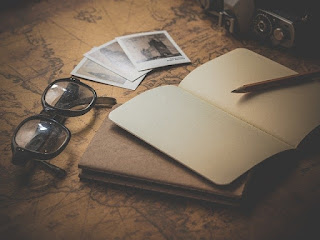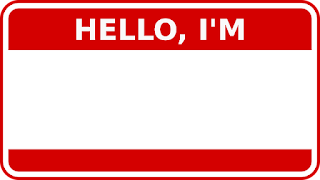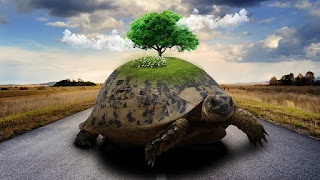Honoring those memorialized in family trees everywhere...and the ones yet to be discovered. Sharing inspiration, information & opinions for the journey finding family.
30 August 2023
No Mental Energy
24 August 2023
Link Pictures to Everyone Shown
18 August 2023
More Resources at Ancestry.com
Ancestry.com is far more than just a site to build a tree, research records, and do a DNA test to find matches. I happened to click on the Ancestry Site Map (scroll to the footer at the bottom of any page on the site) and discovered a wealth of information I had no idea existed. From links to pages on family history resources including the Ancestry Academy™, to all kinds of information about DNA in the AncestryDNA® Learning Hub or AncestryDNA® Traits Learning Hub, and links to social media accounts and other Ancestry.com family owned sites, there's so much information here it's incredible! If you want to expand your genealogy knowledge, this is a fantastic place to start!
Ancestry Search - Main search page, some records are free, others require subscriptions
14 August 2023
iDailyDiary Keeping Notes Organized
Maybe you have a research plan, tons of links to sites/records you've saved as you research, or notes about conversations with relatives. It's important to organize and save notes so you can refer to them or research them later. There are tons of tools to help do this...online, old school notebooks and scraps of paper, desktop or portable software....what works for one person may not work for another. Most of us probably use some combination of the various methods. The key is finding what works for you and using it consistently.
09 August 2023
A Cautionary Tale the Life and Death of Becky Lynn Shearer
Becky Lynn Shearer was born August 2, 1955 in Wooster, Ohio to Harold Duane Shearer and Jessie Virginia James. She was the youngest of four children. She was my cousin, By all accounts, she was a vivacious youngster.
Born during the height of the polio epidemic in the United States, Becky was fortunate to have access to the polio vaccine, first approved in the US April 12, 1955. Polio was (and is) a highly infectious disease. affecting primarily children. It was once the most feared disease in the world. It attacks the nervous system and can lead to paralysis or even death. The vaccine consists of 4 shots given at various intervals between the ages of 2-4 months and 4-6 years old. It was highly effective even back then. Cases dropped significantly between 1955 and 1958. There was absolute scientific proof the vaccine worked.
As a result of hearing this story many times as I was growing up, I've always been deathly afraid of "swimming in water where I can't see what's swimming with me." While most people enjoy a day at the beach, frolicking in the water, it's the stuff my nightmares are made of. While I never knew my cousin, her memory has remained very much alive in our family through the telling of her story.
For those who don't believe in vaccinating their children, let Becky's life - and death - be a cautionary tale. Her death was quite likely preventable. Yes, she might have had another reaction to the next shot in the series, but wouldn't a little discomfort have been worth her young life? I realize Becky's story is unlikely to sway any hardcore anti-vaxxer. But if just one person hears her story and has a change of heart, then it was a story worth sharing.
Image by Goran Horvat from Pixabay* Links to articles may require a subscription to Newspapers.com or Genealogybank.com
06 August 2023
Working with Forenames
02 August 2023
Slow and Steady Builds a Valuable Tree
Have I mentioned how many trees I started.....and deleted? This futility could have easily been avoided. The only reason this happened, multiple times, was my own impatience in growing my tree. I won't say the time was wasted. I certainly came away with a ton of relevant reference notes for my current tree. But there's no way to sugar coat it - I lost years rushing to build inaccurate trees. I promised myself I'd never let it happen again. I will take my time, no matter how frustrating it can feel at times.
Image by TweSwe from Pixabay






